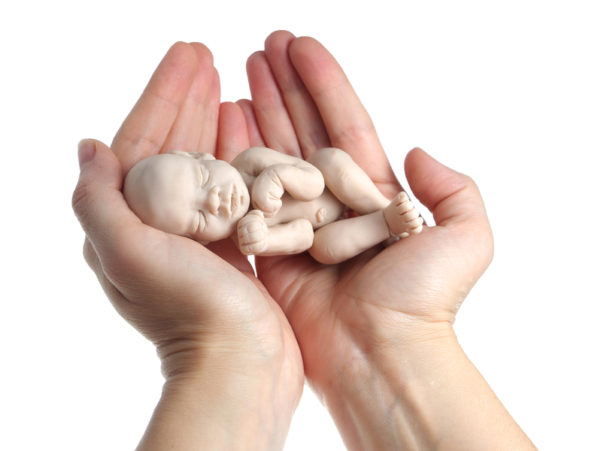The number of abortions carried out in England and Wales in 2022 rose to its highest ever, according to new data, while births continued to decline. More than a quarter of pregnancies are now terminated before birth.
According to the latest official statistics, there were 251,377 abortions in 2022, reflecting a huge 17pc increase over the previous year. This surge has brought the annual abortion rate to 20.6 per 1,000 women aged 15 to 44 years. The rate was 16.4 ten years earlier.
Also in 2022, there were 605,479 births in England and Wales. This means there were approximately 37 abortions for every 100 live births, or 26 for every 100 recorded pregnancies.
Scotland also saw a rise in abortions. Scottish statistics are reported a year ahead compared to English data, showing that in 2023 there were 18,207 abortions, a 10pc increase from 16,607 in 2022. This increase was observed across all age groups, with the abortion rate rising from 16.1 to 17.6 per 1,000 women aged 15–44, up from 11.5 in 2013.
While the rise had been gradual and constant over the past decade, recent figures represent a sharper uptick, explained by the widespread use of abortion pills. These accounted for 86pc of all abortions in England and Wales in 2022, and for 98pc in Scotland. Introduced as temporary measures during the Covid pandemic, the English and Scottish governments made the option to take both abortion pills at home permanent in 2022. Consequently, 61pc of all abortions in 2022 took place at home in England, while the figure for Scotland in 2023 was 57.6pc.
The England and Wales report highlights that a significant proportion of abortions in 2022 were repeat procedures. Specifically, 41pc of women undergoing abortions had previously had one or more abortions, up from 37pc in 2012.
Regarding marital status, the data remains consistent with previous years. In 2022, 82pc of abortions were performed on women whose marital status was recorded as ‘single.’ Among these, 51pc were single with a partner. These proportions have remained relatively stable over the last decade.
In 2022, 201 Irish residents had an abortion in England, not a substantial change from the 206 in the previous year. Of these, 53.5pc were single and 10pc had had a previous abortion. 80pc identified their ethnicity as Irish. For women resident in Ireland, the proportion of abortions performed under Ground C (‘the mental or physical health of the woman’) increased from 50pc in 2021 to 63pc in 2022, while those under Ground E (substantial risk of fetal abnormality) decreased from 50pc to 37pc.
In at least 37 cases the baby was diagnosed with Down Syndrome, but in this respect the statistics are incomplete, and the actual number might be higher.
Public opinion and policymakers should reflect on these tragic figures and discuss how to reverse the deadly trend. Instead, both governments and opposition parties in the UK, as well as here in Ireland, are making abortion laws and policies increasingly liberal. This, coupled with the declining numbers of births and marriages, raises significant concerns about the future demographic and social landscape.
















